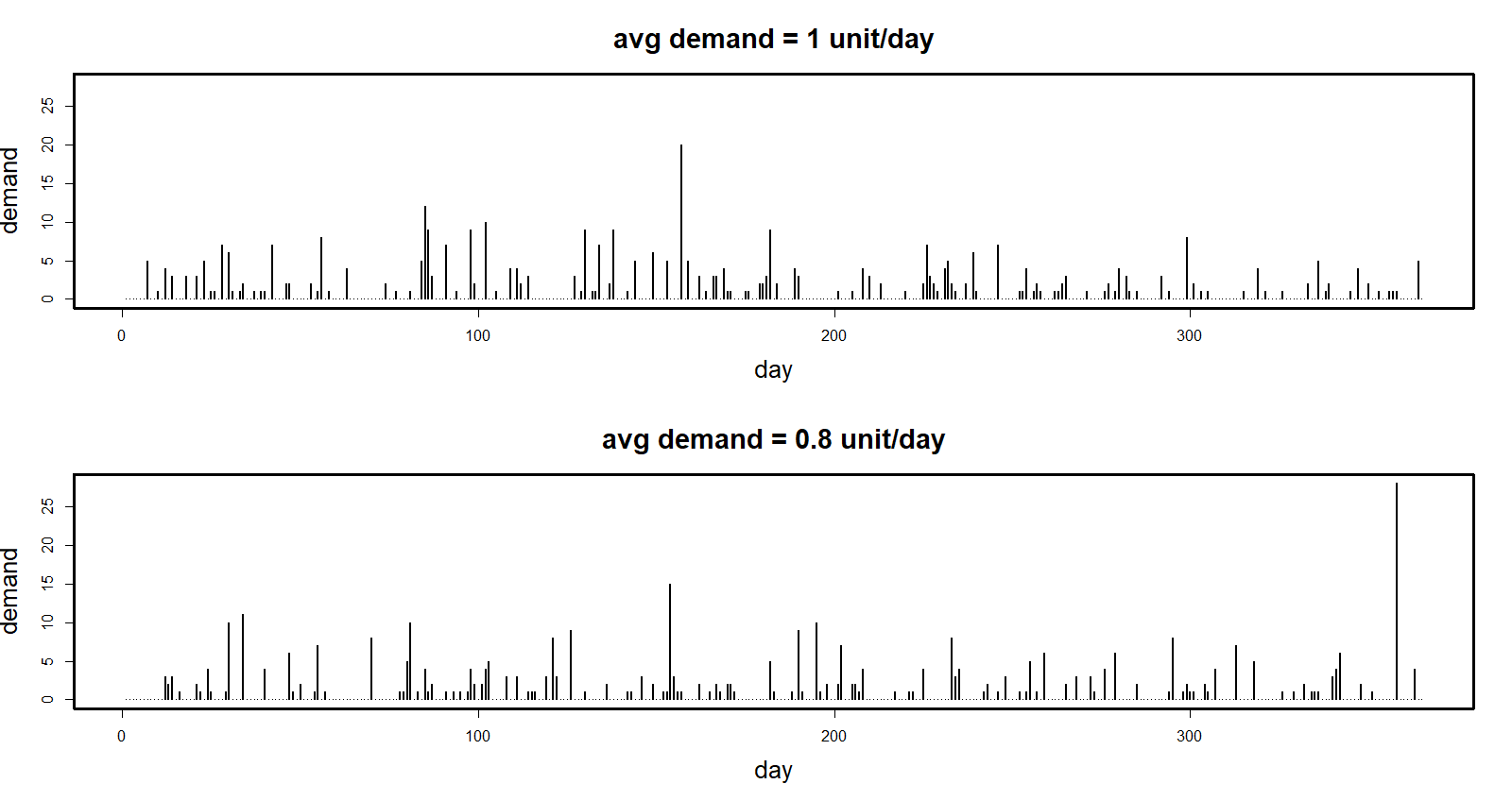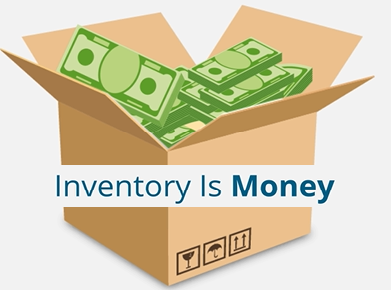An inventory professional who is responsible for 10,000 items has 10,000 things to stress over every day. Double that for someone responsible for 20,000 items.
In the crush of business, routine decisions often take second place to fire-fighting: dealing with supplier hiccups, straightening out paperwork mistakes, recovering from that collision between a truck and the loading dock.
In the meantime, however, your company’s accumulated inventory control policies keep on doing what they do, even if they are leaking money. A good manager will make time to listen to the “background noise” even when he or she hears loud crashing in the warehouse.
Consider the current settings for your inventory control parameters (e.g., reorder points and order quantities). It’s easy to think of these as “fire and forget” decisions. But these settings usually accumulate over time and end up comprising a mish-mash of forgotten judgement calls that may be misaligned with your current operating environment. Many factors can drift away from their previous levels, such as supplier lead times, ordering costs, or average item demand. These changes can force invisible tradeoffs that are not to your best advantage.
It’s wise to revisit these control settings now and then to see if it’s possible to align your day-to-day operations with current realities. Of course, it would be infeasible for a busy manager to manually calculate the effects of changing the control settings on, say, 10,000 items. But that’s what modern inventory optimization and demand planning software is for: making large scale analytical tasks feasible. Such software will allow you to automatically process new information and compute adjustments at scale. The result will be easy wins – many of which would otherwise go unrealized. And continuously saving a little here and there adds up to significant dollars when you are managing thousands of items.
Consider this example. Company A uses a periodic review inventory system. Every 30 days, they check on-hand inventory for all their items and decide how much replenishment stock to order. Each of their 10,000 items has a specified Order-Up-To Level that determines the size of their replenishment orders.
For instance, suppose Item 1234 has an Order-Up-To Level of 74, determined by factoring in the average item demand of 1.0 units per day, an average replenishment lead time of 8 days, and a target fill rate of 90% for this item. The choice of 74 as the Order-Up-To Level lets Company A meet its 90% fill rate target for Item 1234, but it also results in an average on hand inventory level of 40 units. At $1,500 per unit, this item alone represents $45,000 of inventory investment.
Now supposed that average item demand were to drift up from 1.0 to 1.2 units/day. Without anyone noticing, the fill rate for Item 1234 would drop to 82%!
Now suppose demand were to shift in the other direction and drift down to 0.8 units/day. As with the increase in average demand from 1.0 to 1.2 units/day, this kind of change is difficult to see when looking at a plot (see Figure 1) but can have a significant operational impact. In this case, the fill rate would zoom to a generous 96% but on hand inventory would also zoom: from 40 units to 46. Those six extra units would represent $9,000 in excess inventory.

Figure 1: Samples of daily demand with two different average values. The difference in demand is unnoticeable to the naked eye but if not accounted for will have a large operational impact on inventory spend and service levels
Now imagine similar small shifts happening unnoticed across a full fleet of 10,000 inventory items. The total financial impact of all such shifts would be sufficient to get onto the radar of any CFO. Trying to keep on top of this turbulence would be impossible if done manually but modern inventory optimization software could calculate the proper adjustments automatically as frequently as your company can handle, even daily helping you realize substantial improvements in service levels, inventory efficiency, while lowering stockout and holding costs!
Related Posts

Leveraging Epicor Kinetic Planning BOMs with Smart IP&O to Forecast Accurately
In this blog, we explore how leveraging Epicor Kinetic Planning BOMs with Smart IP&O can transform your approach to forecasting in a highly configurable manufacturing environment. Discover how Smart, a cutting-edge AI-driven demand planning and inventory optimization solution, can simplify the complexities of predicting finished goods demand, especially when dealing with interchangeable components. Learn how Planning BOMs and advanced forecasting techniques enable businesses to anticipate customer needs more accurately, ensuring operational efficiency and staying ahead in a competitive market.

The Next Frontier in Supply Chain Analytics
We believe the leading edge of supply chain analytics to be the development of digital twins of inventory systems. These twins take the form of discrete event models that use Monte Carlo simulation to generate and optimize over the full range of operational risks. We also assert that we and our colleagues at Smart Software have played an outsized role in forging that leading edge.

Overcoming Uncertainty with Service and Inventory Optimization Technology
In this blog, we will discuss today’s fast-paced and unpredictable market and the constant challenges businesses face in managing their inventory and service levels efficiently. The main subject of this discussion, rooted in the concept of “Probabilistic Inventory Optimization,” focuses on how modern technology can be leveraged to achieve optimal service and inventory targets amidst uncertainty. This approach not only addresses traditional inventory management issues but also offers a strategic edge in navigating the complexities of demand fluctuations and supply chain disruptions.












